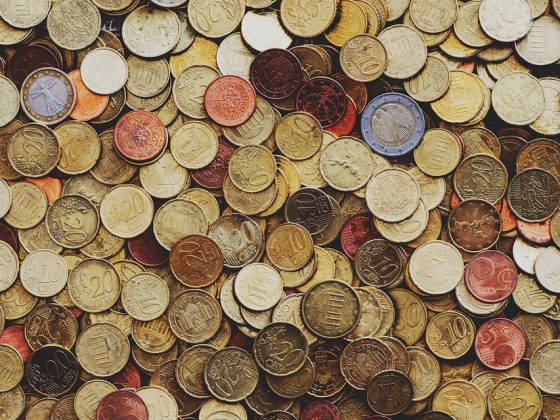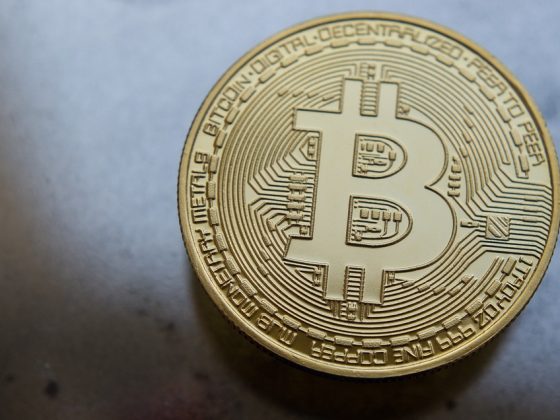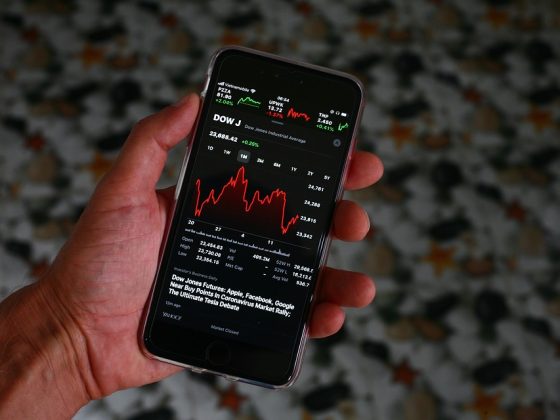The Impact of 3D Printing on Manufacturing and Product Design
Introduction
3D printing, also known as additive manufacturing, is a revolutionary technology that has transformed the manufacturing and product design industries. This innovative technology allows for the creation of three-dimensional objects by layering materials such as plastics, metals, or ceramics based on a digital model. 3D printing has been around since the 1980s but has gained significant popularity and advancements in recent years. This article will explore the impact of 3D printing on manufacturing and product design, as well as the benefits and challenges associated with this technology.
Impact on Manufacturing
3D printing has had a profound impact on the manufacturing industry by drastically changing the way products are prototyped, manufactured, and customized. Traditional manufacturing processes involved expensive molds, tooling, and long lead times to produce prototypes and final products. With 3D printing, manufacturers can now produce prototypes quickly and cost-effectively, allowing for rapid iteration and design changes. This has shortened product development cycles and reduced time to market for many companies.
Furthermore, 3D printing has enabled manufacturers to produce complex geometries and intricate designs that were previously impossible or expensive to manufacture using traditional methods. This has opened up new possibilities for product innovation and customization, leading to more personalized products tailored to individual customers' needs. Additionally, 3D printing allows for on-demand production, reducing the need for large inventories and minimizing waste.
Overall, 3D printing has transformed the manufacturing industry by providing manufacturers with more flexibility, efficiency, and scalability in producing high-quality products.
Impact on Product Design
3D printing has also revolutionized the product design process by enabling designers to create prototypes and concepts faster and more affordably than ever before. Designers can now iterate on designs quickly and test different ideas without the constraints of traditional manufacturing processes. This has allowed for more creativity and innovation in product design, resulting in products that are more functional, aesthetically pleasing, and sustainable.
Additionally, 3D printing has facilitated the production of customized products tailored to individual customers' preferences. Designers can now create one-of-a-kind products that meet specific size, shape, and color requirements, providing a more personalized experience for consumers. This has led to a shift from mass production to mass customization, where products are uniquely designed and produced for each customer.
Overall, 3D printing has transformed the product design industry by empowering designers to create innovative, personalized, and sustainable products that meet the evolving demands of consumers.
Benefits of 3D Printing
There are several benefits of 3D printing for manufacturing and product design:
1. Rapid prototyping: 3D printing allows for the quick and cost-effective production of prototypes, enabling designers to test ideas and iterate on designs before finalizing a product.
2. Customization: 3D printing enables the production of customized products tailored to individual customers' needs and preferences, providing a more personalized experience.
3. Complexity: 3D printing allows for the production of complex geometries and intricate designs that were previously impossible or expensive to manufacture using traditional methods.
4. Efficiency: 3D printing reduces the need for tooling, molds, and large inventories, leading to faster production cycles, lower costs, and minimized waste.
5. Innovation: 3D printing fosters creativity and innovation in product design, allowing designers to push the boundaries of what is possible and create products that are more functional, aesthetically pleasing, and sustainable.
Challenges of 3D Printing
While 3D printing offers many benefits, there are also challenges associated with this technology:
1. Material limitations: Not all materials are suitable for 3D printing, and some materials may have limited strength, durability, or heat resistance compared to traditional manufacturing processes.
2. Cost: While 3D printing can be cost-effective for prototyping and small-scale production, it may not be as cost-effective for large-scale production due to high material and equipment costs.
3. Speed: 3D printing can be slower than traditional manufacturing processes, especially for large and complex objects, which may impact production timelines and time to market.
4. Quality control: Ensuring the quality and consistency of 3D printed products can be challenging, as defects may occur during the printing process that could affect the final product.
5. Intellectual property: 3D printing raises concerns about intellectual property rights, as it is easier to reproduce and modify designs without proper authorization, leading to potential copyright infringement.
FAQs
Q: What industries are using 3D printing?
A: 3D printing is being used across a wide range of industries, including aerospace, automotive, healthcare, consumer goods, and architecture. It is being used for prototyping, production, customization, and tooling applications.
Q: How accurate is 3D printing?
A: 3D printing can achieve high levels of accuracy and precision, with tolerances as low as 0.1 mm depending on the printer and material used. However, factors such as material shrinkage and printer calibration can affect the final accuracy of printed parts.
Q: Is 3D printing environmentally friendly?
A: 3D printing can be more environmentally friendly than traditional manufacturing processes, as it often produces less waste and consumes less energy. However, the environmental impact of 3D printing depends on factors such as material usage, recycling, and disposal practices.
Q: What are the limitations of 3D printing?
A: Some limitations of 3D printing include material limitations, cost, speed, quality control, and intellectual property concerns. Not all materials are suitable for 3D printing, and the technology may not be cost-effective or efficient for all types of production.
Conclusion
Overall, 3D printing has had a transformative impact on the manufacturing and product design industries by enabling faster prototyping, customization, innovation, and sustainability. While there are challenges associated with 3D printing, the benefits of this technology far outweigh the limitations. As 3D printing continues to advance and evolve, it is poised to revolutionize how products are designed, manufactured, and consumed in the future.











